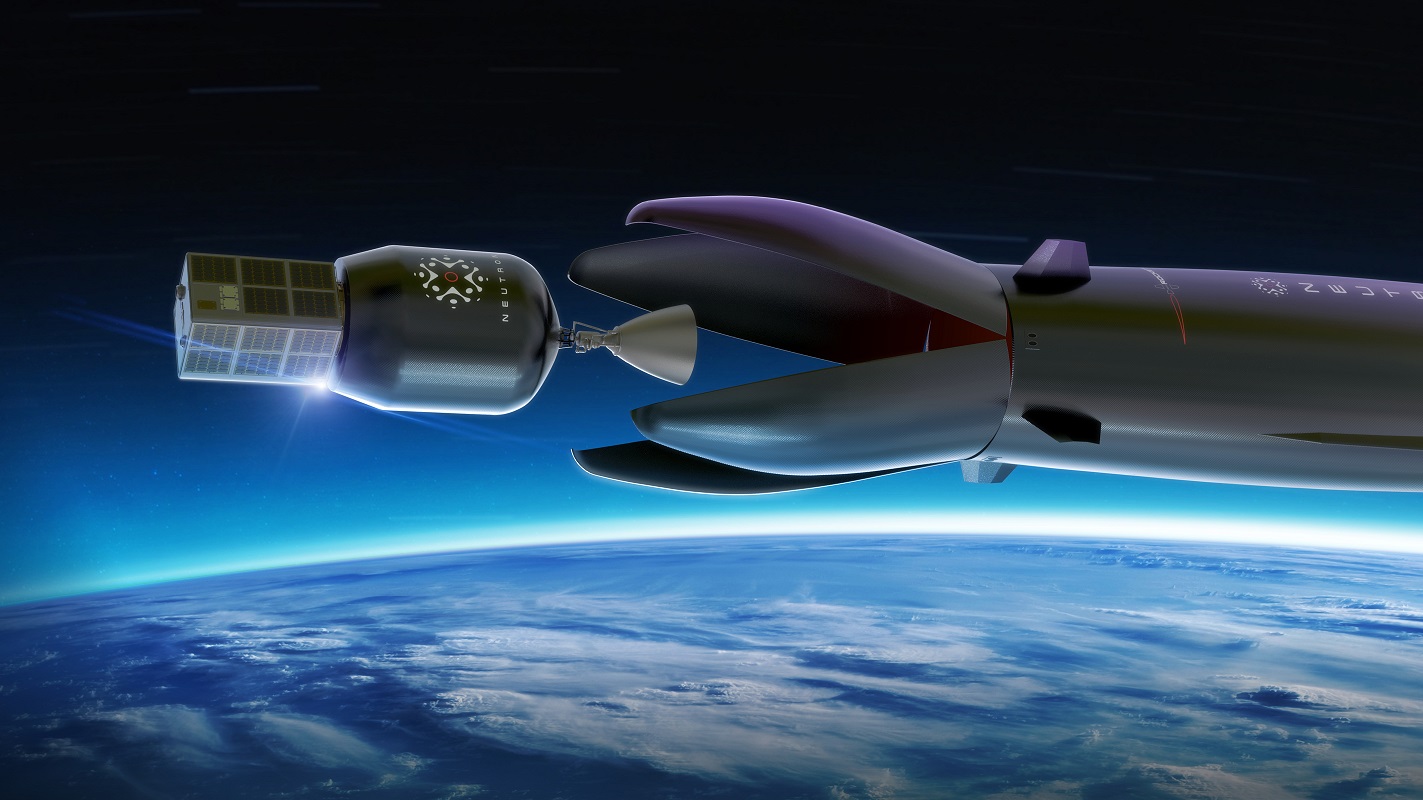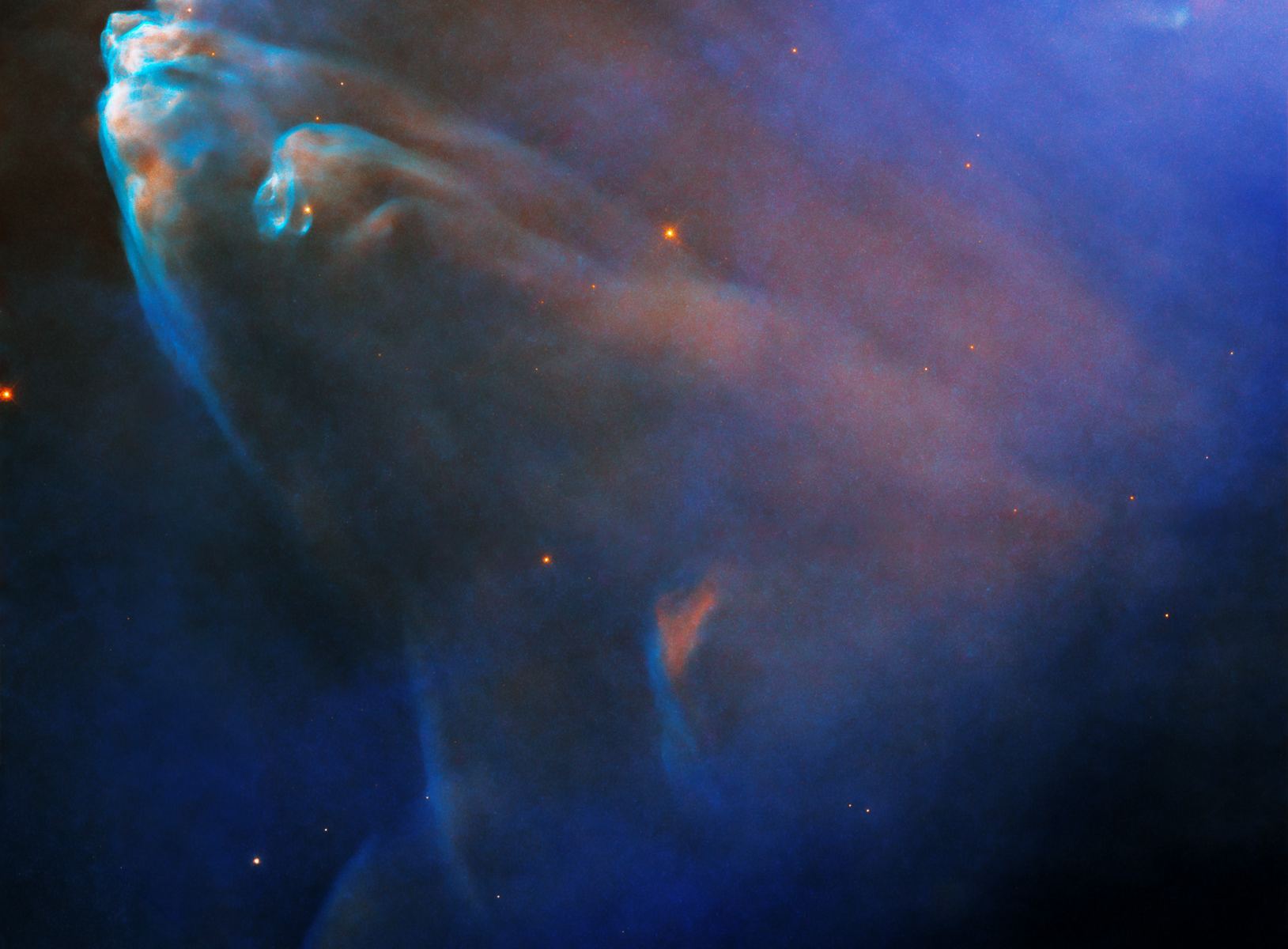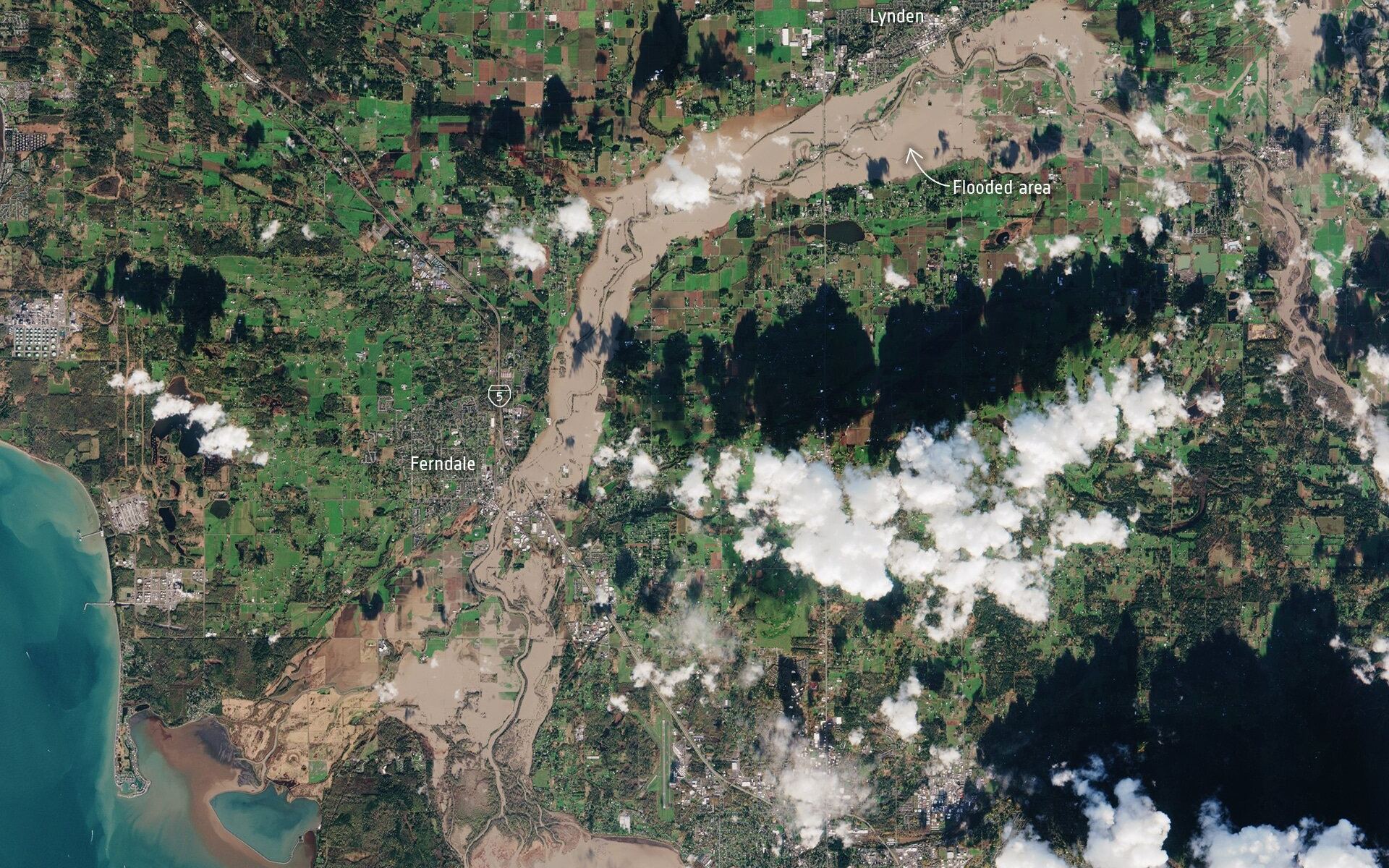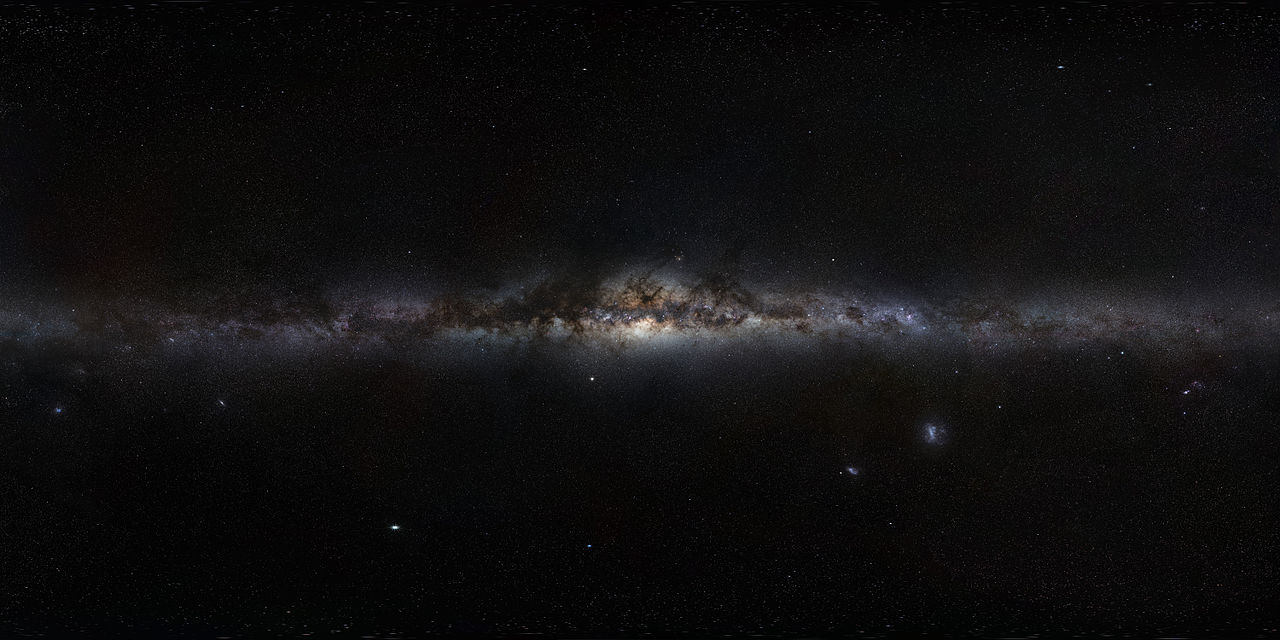On December 2nd, 2021, the commercial space company Rocket Lab unveiled the detailed architecture of their Neutron rocket for the first time. In a live-streamed event, the company showcased all the new elements that will make this “megaconstellation” launcher a serious contender in the coming years. These include updated details about the rocket’s design, materials, propulsion, and reusability architecture.
Continue reading “Rocket Lab Shows off its new Reusable Neutron Rocket, due for Launch in 2024”Colliding Gases at the Heart of the Running Man Nebula
Behold, the Herbig-Haro object known as HH45, captured by the Hubble Space Telescope (HST)! These objects are a rarely seen type of nebula made up of luminous clouds of dust and gas. These occur when newborn stars form within a nebula and eject hot gas, colliding with the surrounding gas and dust. The result is bright shock waves that look like mounded, luminous clouds in space!
Continue reading “Colliding Gases at the Heart of the Running Man Nebula”Alan Shepard’s Daughter Will be Flying on the Next New Shepard Flight
Jeff Bezos has hit a particular stride lately with Blue Origin, the commercial space company he founded in 2000 in the hopes of “building a road to space.” For the sake of fostering interest in the space tourism industry, testing their reusable launch vehicle, and growing his company’s brand, he’s conducting recurring launches with the New Shepard featuring high-profile clientele. At the same time, he aims to make each new launch a record-setting event.
On Nov. 23rd, Blue Origin announced the names of the six people who would fly aboard the New Shepard launch vehicle on its nineteenth flight (NS-19), scheduled for Dec. 9th. Among them is Laura Shepard Churchley, the eldest daughter of astronaut Alan Shepard, the first American astronaut to go to space, the fifth man to walk on the Moon, and for whom the New Shepard launch vehicle is named.
Continue reading “Alan Shepard’s Daughter Will be Flying on the Next New Shepard Flight”NASA is Building a Nuclear Reactor to Power Lunar and Martian Exploration!
Over the next fifteen years, multiple space agencies and their commercial partners intend to mount crewed missions to the Moon and Mars. In addition to placing “footprints and flags” on these celestial bodies, there are plans to establish the infrastructure to allow for a long-term human presence. To meet these mission requirements and ensure astronaut safety, several technologies are currently being researched and developed.
At their core, these technologies are all about achieving self-sufficiency in terms of resources, materials, and energy. To ensure that these missions have all the energy they need to conduct operations, NASA is developing a Fission Surface Power (FSP) system that will provide a safe, efficient, and reliable electricity supply. In conjunction with solar cells, batteries, and fuel cells, this technology will allow for long-term missions to the Moon and Mars in the near future.
Continue reading “NASA is Building a Nuclear Reactor to Power Lunar and Martian Exploration!”NASA Launches DART, to Learn how to Defend the Earth From a Future Asteroid Impact
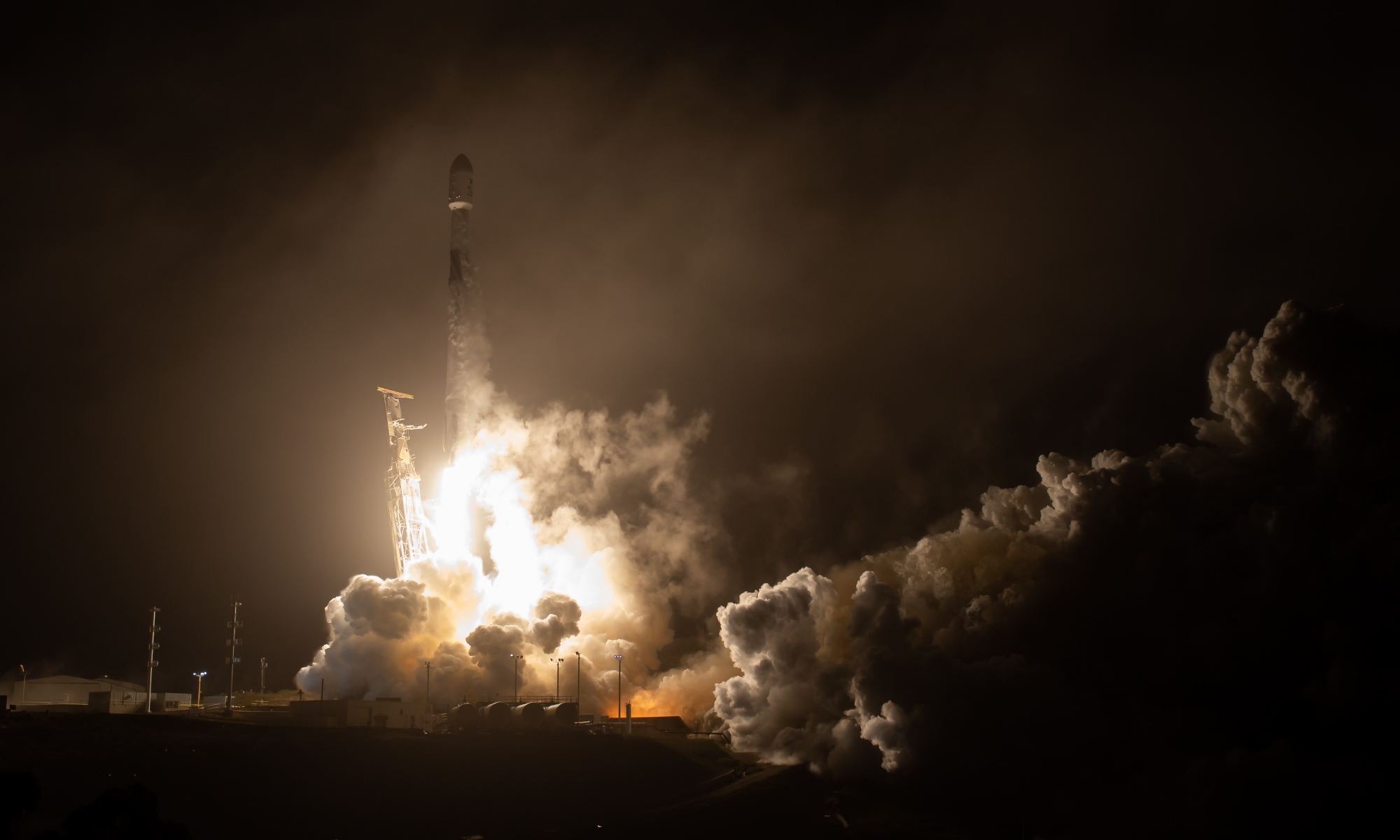
In the early hours of the morning on Wednesday, Nov. 24th, NASA’s Double Asteroid Redirection Test (DART) launched from Space Launch Complex 4 East at Vandenberg Space Force Base (SFB) in California. This spacecraft is the world’s first full-scale mission to demonstrate technologies that could someday be used to defend our planet from Near-Earth Asteroids (NEAs) that could potentially collide with Earth.
Put simply, the DART mission is a kinetic impactor that will evaluate a proposed method for deflecting asteroids. Over the next ten months, the DART mission will autonomously navigate towards the target asteroid – the binary NEA (65803) Didymos – and intentionally collide with it. If everything goes according to plan, this will alter the asteroid’s motion so that ground-based telescopes can accurately measure any changes.
Continue reading “NASA Launches DART, to Learn how to Defend the Earth From a Future Asteroid Impact”A Machine-Learning Algorithm Just Found 301 Additional Planets in Kepler Data
Looking to the future, astronomers are excited to see how machine learning – aka. deep learning and artificial intelligence (AI) – will enhance surveys. One field that is already benefitting in the search for extrasolar planets, where researchers rely on machine-learning algorithms to distinguish between faint signals and background noise. As this field continues to transition from discovery to characterization, the role of machine intelligence is likely to become even more critical.
Take the Kepler Space Telescope, which accounted for 2879 confirmed discoveries (out of the 4,575 exoplanets discovered made to date) during its nearly ten years of service. After examining the data collected by Kepler using a new deep-learning neural network called ExoMiner, a research team at NASA’s Ames Research Center was able to detect 301 more planetary signals and add them to the growing census of exoplanets.
Continue reading “A Machine-Learning Algorithm Just Found 301 Additional Planets in Kepler Data”The Severe Pacific Northwest Flooding Seen From Space
The State of Washington and the Province of BC are in a state of emergency following days of severe wind, rain, and flooding. The situation began when an “atmospheric river” (a plume of moisture) extended over the Pacific Northwest, triggering severe rainfall that caused already-rising rivers to overflow. This led to blocked roads, mudslides, fallen bridges, and thousands of animals drowning in farmland areas.
This extensive damage was photographed from space by Earth observation satellites, one of which was the European Space Agency’s (ESA) Copernicus Sentinel mission and the International Space Station (ISS). These images captured the extent of the floods in the Nooksack and Fraser River valleys this week, which both spilled over their banks this week, leading to washed-out roads and forcing the evacuation of thousands of people.
Continue reading “The Severe Pacific Northwest Flooding Seen From Space”A Space Telescope With one job: Find Habitable Planets at Alpha Centauri
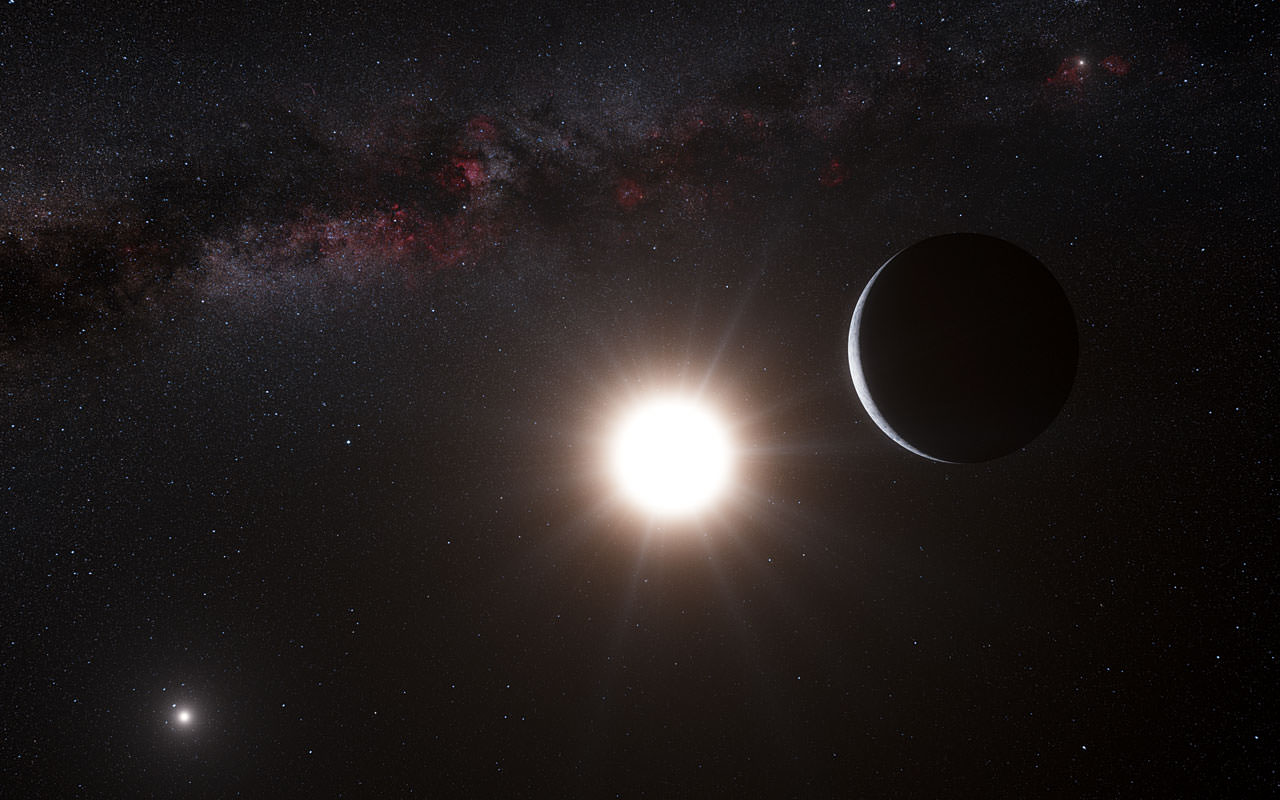
Alpha Centauri, the nearest star system to our Sun, is like a treasure trove with many scientific discoveries just waiting to be found. Part of what makes it so compelling is that our efforts to detect extrasolar planets there have failed to yield any concrete results to date. While the study of exoplanets has progressed exponentially in recent years, with 4,575 confirmed planets in 3,392 systems in the Milky Way (and even neighboring galaxies), astronomers are still having difficulty determining if anyone is next door.
In the coming decades, Breakthrough Initiatives plans to send a mission there known as Starshot, a lightsail craft that could make the journey in 20 years. On Nov. 16th, Breakthrough Initiatives announced another project for detecting exoplanets next door. It’s called the Telescope for Orbit Locus Interferometric Monitoring of our Astronomical Neighbourhood (TOLIMAN), a space telescope dedicated to finding rocky planets orbiting in Alpha Centauri’s circumsolar habitable zone (aka. “Goldilocks Zone”).
Continue reading “A Space Telescope With one job: Find Habitable Planets at Alpha Centauri”“Incident” that Occurred During Loading Pushes the Webb Launch Date to Dec. 22nd
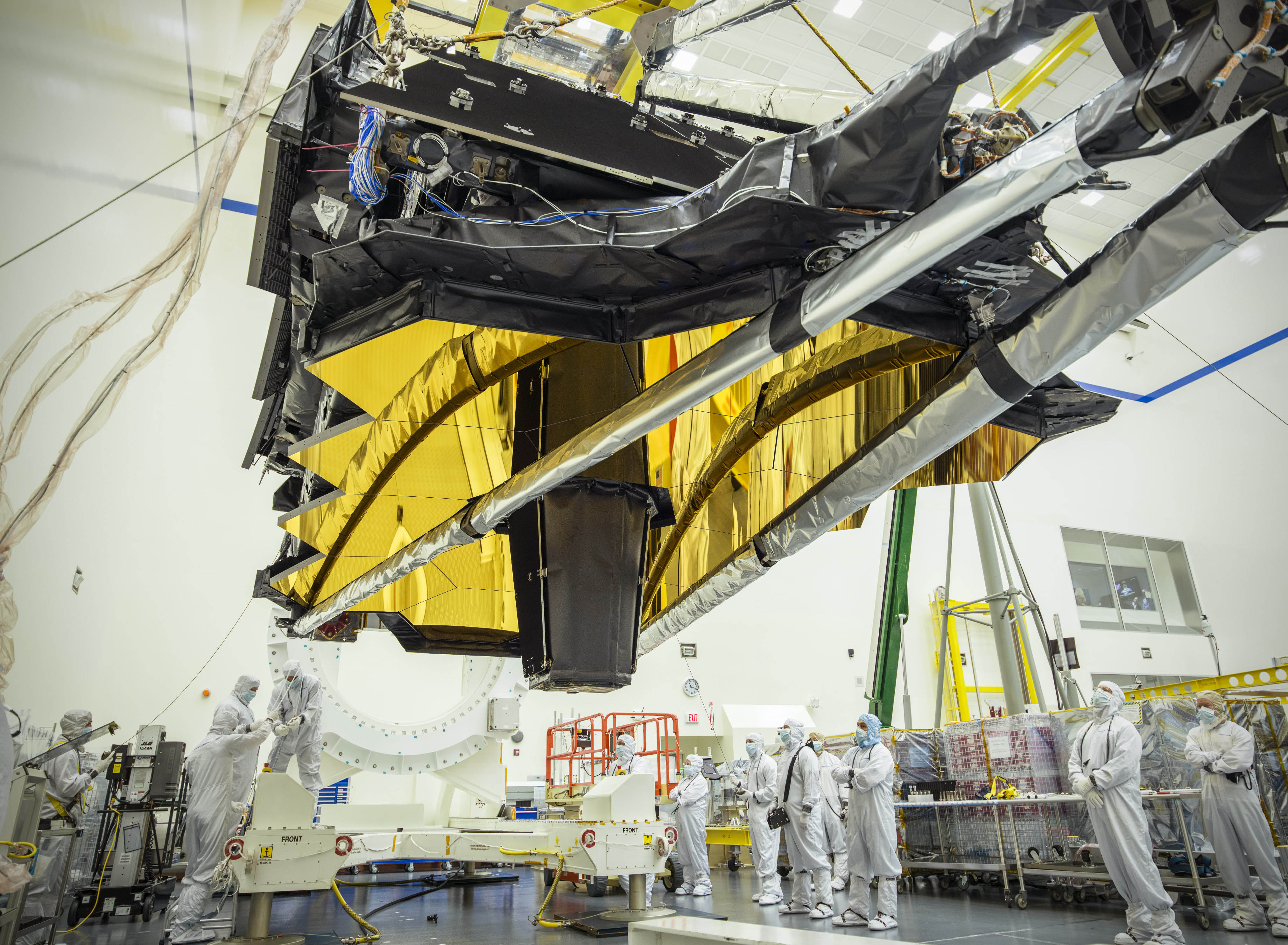
At Europe’s Spaceport near Kourou in French Guiana, technicians are busy getting the James Webb Space Telescope (JWST) ready for launch. The observatory arrived at the facility on Oct. 12th and was placed inside the upper stage of the Ariane 5 rocket that will carry it to space on Nov. 11th. The upper stage was then hoisted high above the core stage and boosters so that a team of engineers could integrate them.
Unfortunately, an “incident” occurred shortly after when the engineers attempted to attach the upper stage to the launch vehicle adapter (LVA) to the launch vehicle. According to a NASA Blogs post, the incident involved the sudden release of a clamp band (which secures the JWST to the LVA), which sent vibrations throughout the observatory. According to NASA, this incident could push the JWST’s launch date (slated for Dec. 18th) to Dec. 22nd.
Continue reading ““Incident” that Occurred During Loading Pushes the Webb Launch Date to Dec. 22nd”If Alien Probes are Already in the Solar System, Maybe we Could Detect Them Calling Home
It’s been seventy years since physicist Enrico Fermi asked his famous question: “Where is everybody?” And yet, the tyranny of the Fermi Paradox is still with us and will continue to be until definitive evidence of Extraterrestrial Intelligence (ETI) is found. In the meantime, scientists are forced to speculate as to why we haven’t found any yet and (more importantly) what we should be looking for. By focusing our search efforts, it is hoped that we may finally determine that we are not alone in the Universe.
In a recent study, two researchers from the University of Liège and the Massachusetts Institute of Technology (MIT) recommended that we look for evidence of transmissions from our Solar System. Based on the theory that ETIs exist and have already established a communications network in our galaxy, the team identified Wolf 359 as the best place to look for possible interstellar communications from an alien probe.
Continue reading “If Alien Probes are Already in the Solar System, Maybe we Could Detect Them Calling Home”
